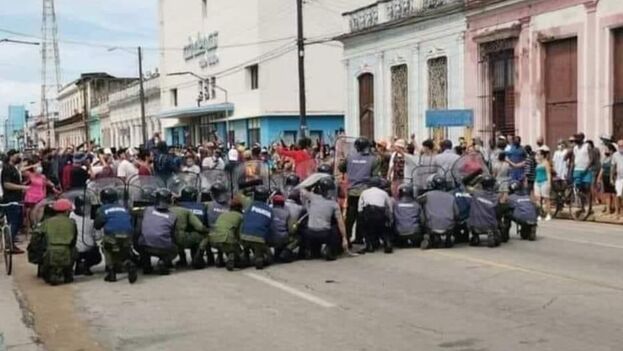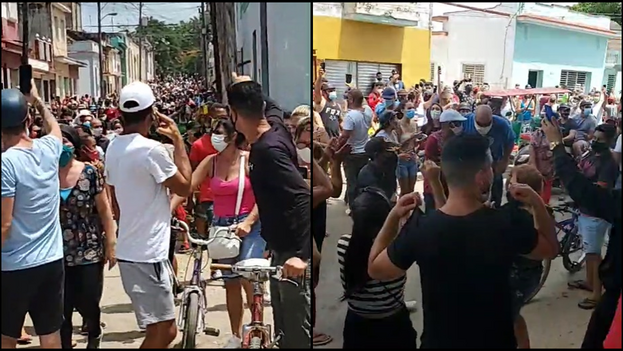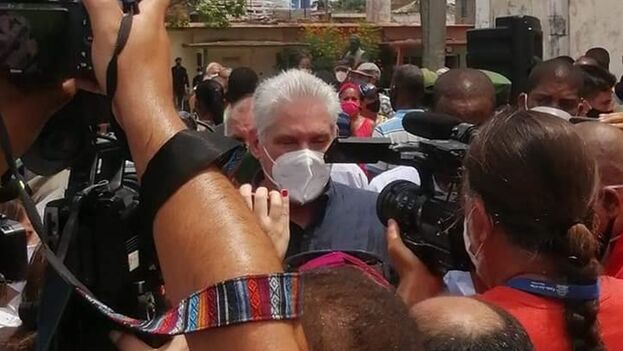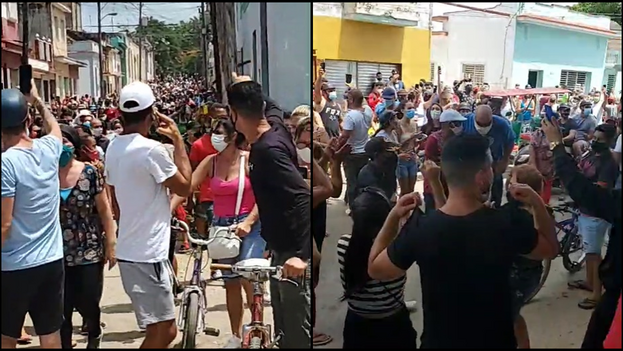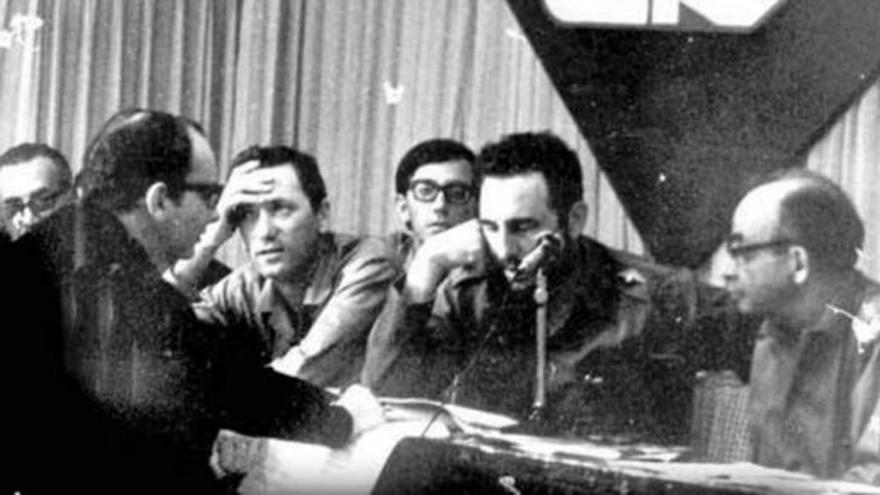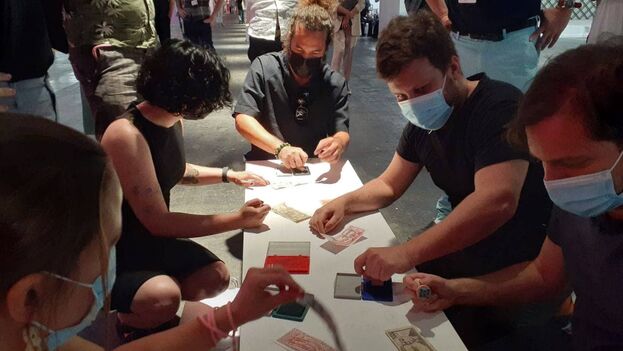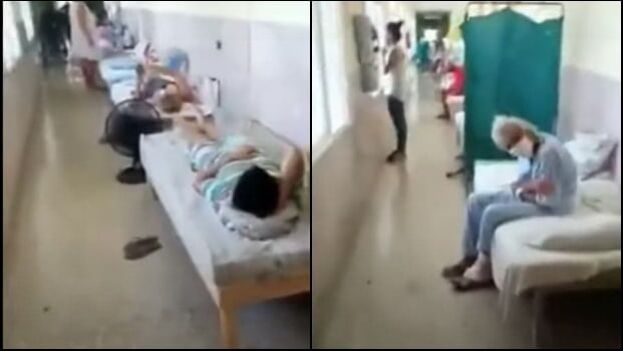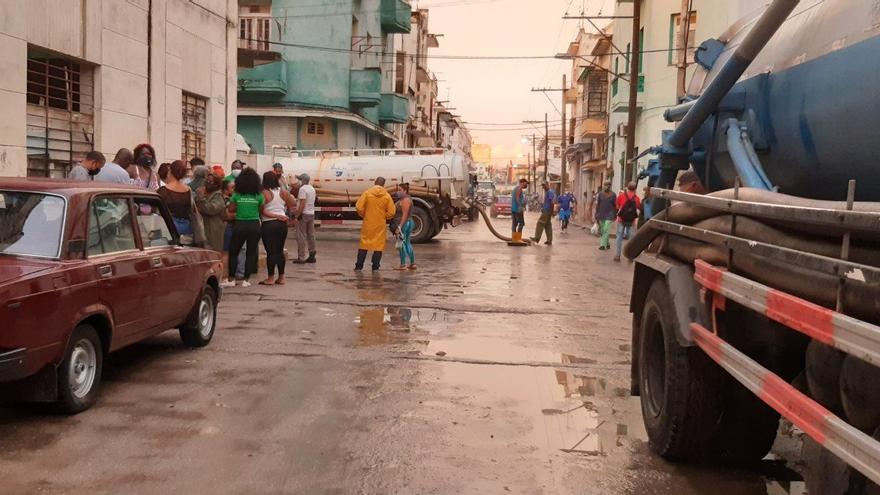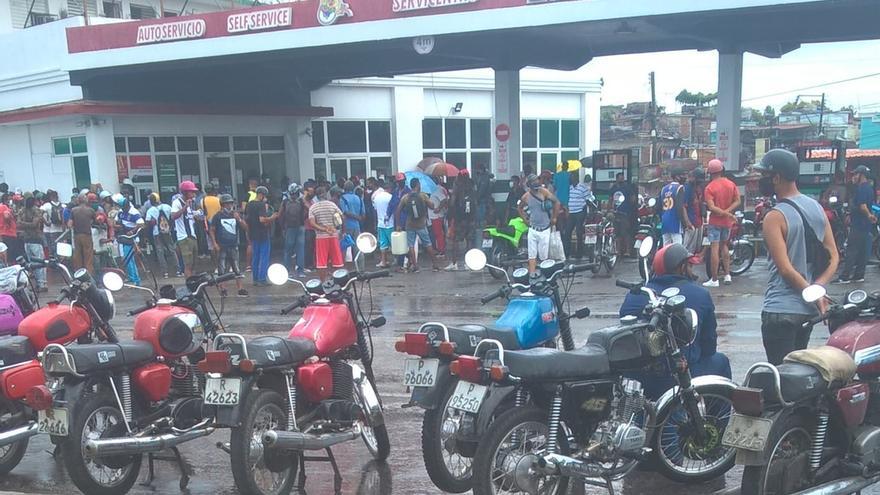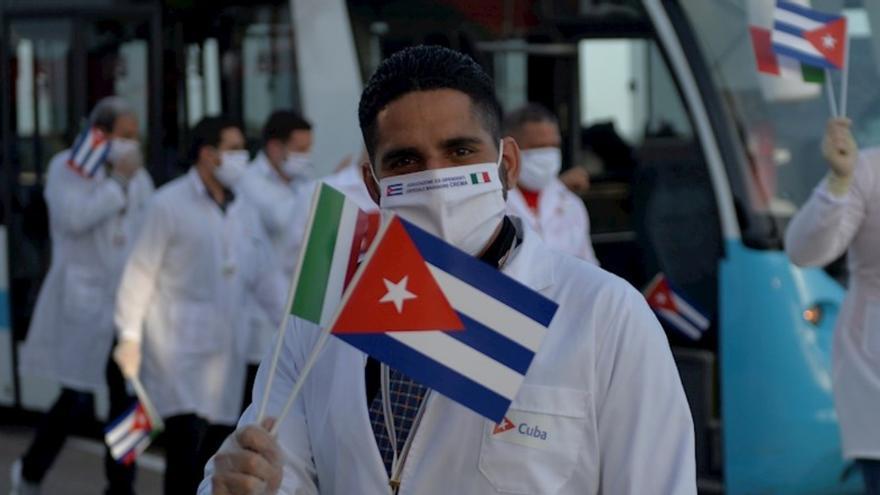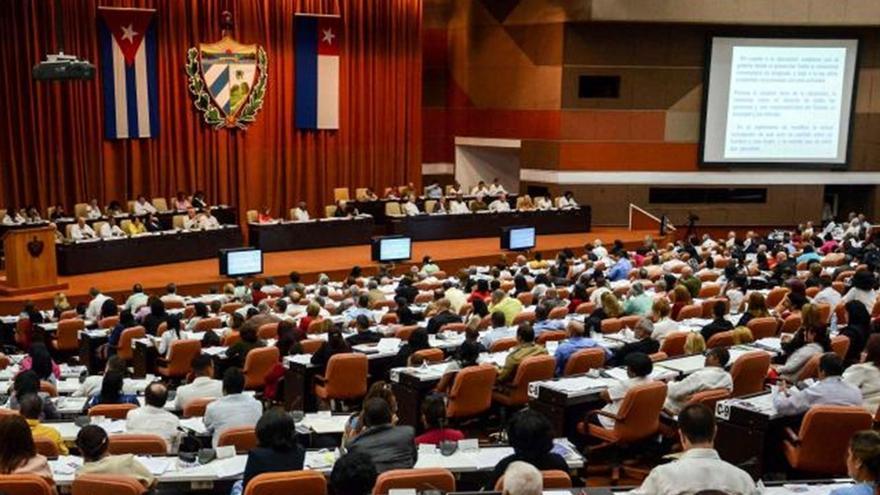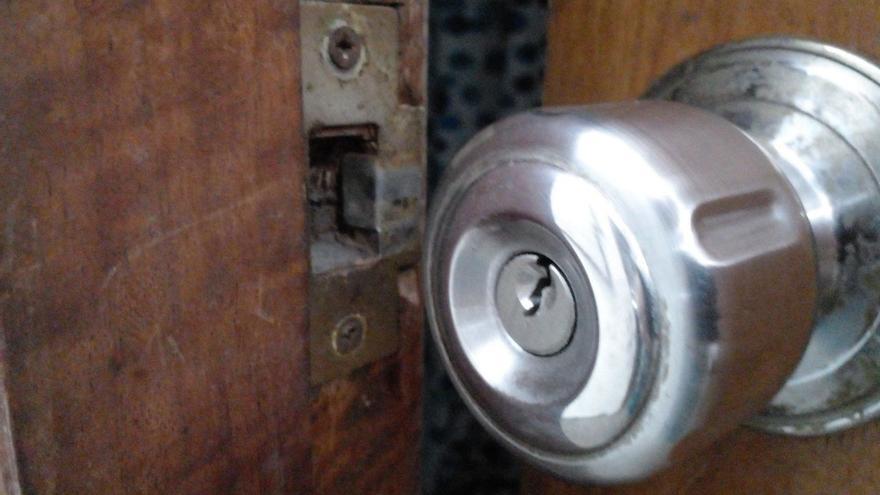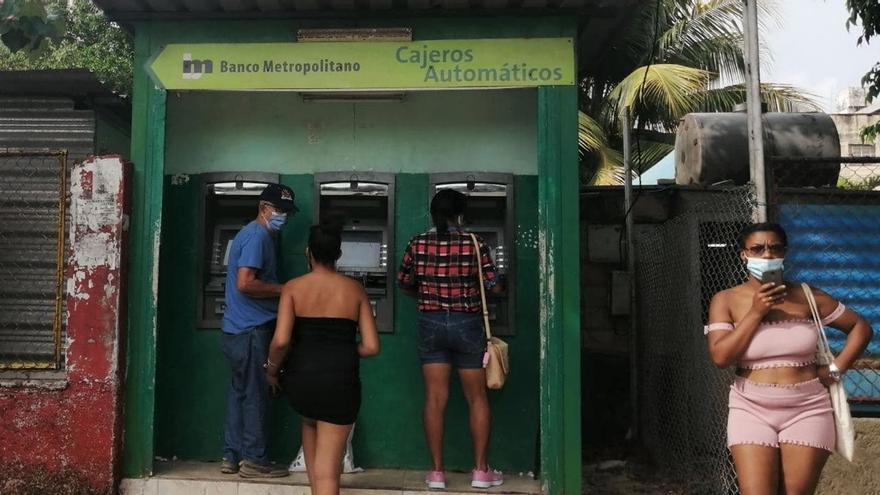Magazines were shut down, writings were censored and writers were oppressed. Everyone had to toe the party line. Any books that did not meet the “requirements” were removed from library shelves and placed under lock and key in well-guarded spaces. In a meeting with intellectuals, the caudillo [Fidel Castro] outlined the formula that writers would have to follow: “Within the revolution, everything; outside the revolution, nothing.”
Prohibited from publishing their work, several prominent literary figures were condemned to permanent silence. One of them was even arrested and forced to issue a humiliating mea culpa. Attention then turned to professors, and even to members of the party itself, in what became known as the “microfraction* case.” Some were expelled from their positions. The most prominent among them were imprisoned. continue reading
Officials began monitoring classes taught by a young professor of Marxism and reviewing his students’ notebooks. They came to the conclusion that he was basing his lectures on the classic works of Marx and Engels rather than the manuals written in Stalinist Russia. They searched his home and found the evidence. Not firearms or explosives but something worse: none other than a dangerous manuscript.
The jealous guardians of politically correct opinion read the text and were terrified. The young professor had been using Marxist methods of analysis not to criticize capitalism as Marx had done but to criticize the social systems of regimes ruled by communist parties.
He was immediately arrested and banned from teaching for the rest of his life. Once released, he continued expressing his ideas and was detained again. State Security attributed his behavior to mental problems and sent him to the psychiatric hospital in Mazorra. He was kept in a ward where neither doctors nor guards dared enter, surrounded by mentally unbalanced prisoners, among whom there was no shortage of murderers and rapists.
When some of them asked why he had been imprisoned there, he explained it was for writing against the government. In their eyes this made him the craziest one there and they distanced themselves from him. The psychiatrist evaluating him did not find anything seriously wrong and, when he learned why the man was being imprisoned, diagnosed him with a “personality disorder” and returned him to State Security.
He was sent to jail along with other political prisoners. But in prison he continued sharing his ideas with fellow prisoners. He was held in solitary confinement in a narrow, enclosed cell intended for death row inmates, behind four iron doors, cut off from contact with other prisoners and family members, where the little food he received was served in a dog’s bowl passed through an opening at the floor covered with a flatiron plate that only opened from the outside.
This “special area,” where speaking loudly could result in a brutal beating, was reserved for those sentenced to capital punishment and dangerous persons who had committed violent crimes. But it seems he was the most dangerous of all because he had committed a heinous crime: thinking. The only time they took him out was to stand trial, where he was summarily sentenced to eight years in prison for having committed “revisionism.”
What does revisionism mean? If you look it up in a dictionary, you will find this entry: “tendency to subject doctrines, interpretations, or established practices to methodical review for the purpose of updating and sometimes denying them.”
Since he had written many magazine articles, and even a book, on the history of the labor movement that were cited in the supplementary bibliographies of many writers’ works, they added this edict to his sentence: “And as for your writings, they shall be destroyed by fire.”
The young professor who was confined in that narrow, enclosed slave pit for one year and twenty days is the one writing these words today, forty years later.
Why so much fear of the words of an isolated, nearly naked man?
In a capitalist world, Marx evangelized for the creation and development of class consciousness among workers, who would unite and overthrow the bourgeois state. But once that state was overthrown, the doctrine’s interpreters created such a tightly controlled social regime that no one could raise awareness of anything else.
One of the reasons this new form of dictatorship is so difficult to overthrow is the almost absolute control it holds over ideas. The man who would later impose this iron-fisted system published, from a prison cell, several articles in the country’s magazines in opposition to the regime of Fulgencio Batista.
It was unthinkable in the 1960s, when the current dictatorship arose, that a political prisoner could do the same. By that time all publications, magazines, periodicals, and broadcast stations had either been shut down or had come under the control of the state, which exerted oppressive censorship.
“They married us to the lie and forced us to live with her.” Truer words were never spoken by the one who, after saying them, imposed his own social system on the nation.
None of it was true but most people believed it. And when a prisoner got out of prison and described the horrors he had experienced, they called him a liar because in Cuba prisoners were not being beaten. The did not believe him even after he showed them the scars from the bayonets. “He probably got those from being cut up in a bar fight.” And if people were not going believe it, how would the world believe it?
Therefore, a year after being released from confinement, half a dozen political prisoners created the first human rights group, the germ of what later became the dissident movement.
Today, with personal computers, mobile phones and the internet, the world of the lie is beginning to fall apart. Blogs, social networks, magazines and independent newspapers have filled the cyberspace with ideas and information. Meanwhile, the nomenklatura remains entrenched in its bunker, increasingly isolated and increasingly in need of psychiatric services to deal with a new illness: panic attacks caused by ideophobia.
*Translator’s note: For those who want to explore this further, in different sources the term is variously “microfraction” or “microfaction,” and is occasionally spelled with a hyphen or as two words.
See: Other articles on TranslatingCuba.com by Ariel Hidalgo
____________
COLLABORATE WITH OUR WORK: The 14ymedio team is committed to practicing serious journalism that reflects Cuba’s reality in all its depth. Thank you for joining us on this long journey. We invite you to continue supporting us by becoming a member of 14ymedio now. Together we can continue transforming journalism in Cuba.

![]() 14ymedio, Yoani Sánchez, Havana, 12 July 2021 – It was only a question of time. The frustration and desperation had been accumulating and this Sunday the streets exploded. Thousands of Cubans left their homes to exercise the right to civic protest, the one that had been seized from them for more than half a century. With their cries of “Down with the dictatorship” they made it clear that neither the indoctrination nor the fear have managed to curtail the desire for freedom on this island.
14ymedio, Yoani Sánchez, Havana, 12 July 2021 – It was only a question of time. The frustration and desperation had been accumulating and this Sunday the streets exploded. Thousands of Cubans left their homes to exercise the right to civic protest, the one that had been seized from them for more than half a century. With their cries of “Down with the dictatorship” they made it clear that neither the indoctrination nor the fear have managed to curtail the desire for freedom on this island.
